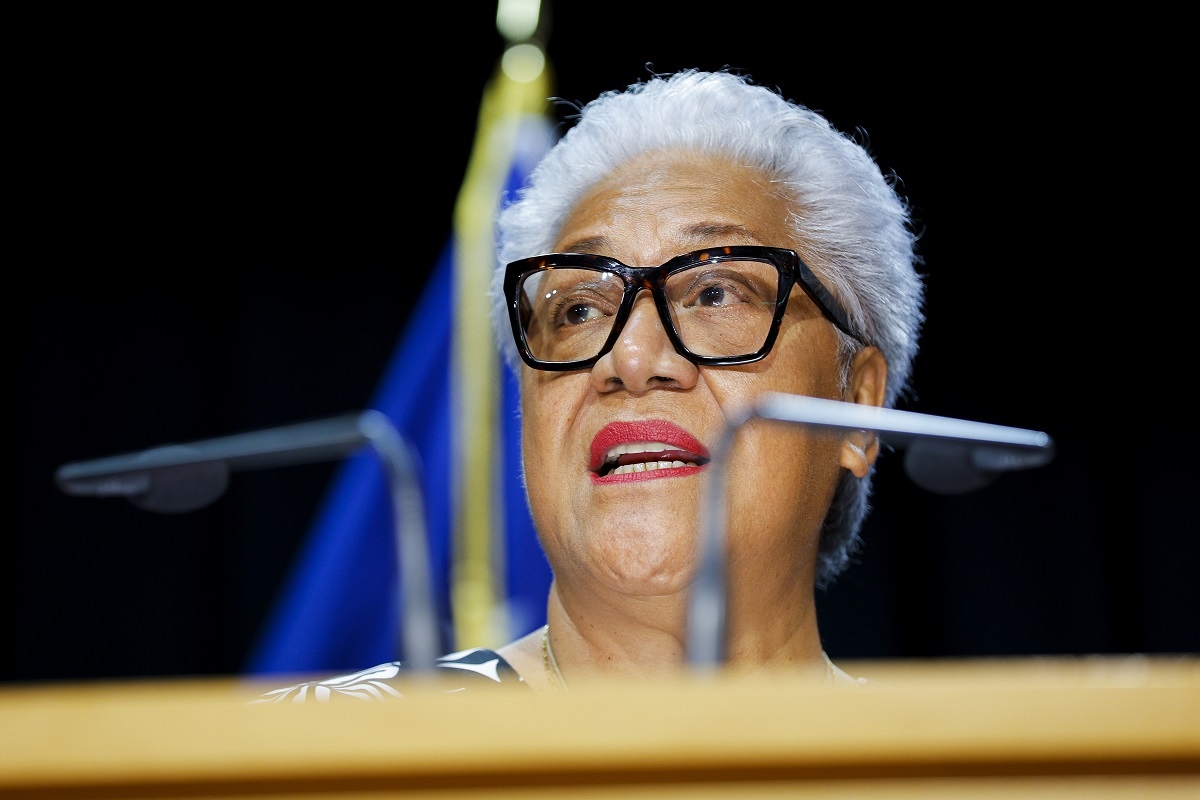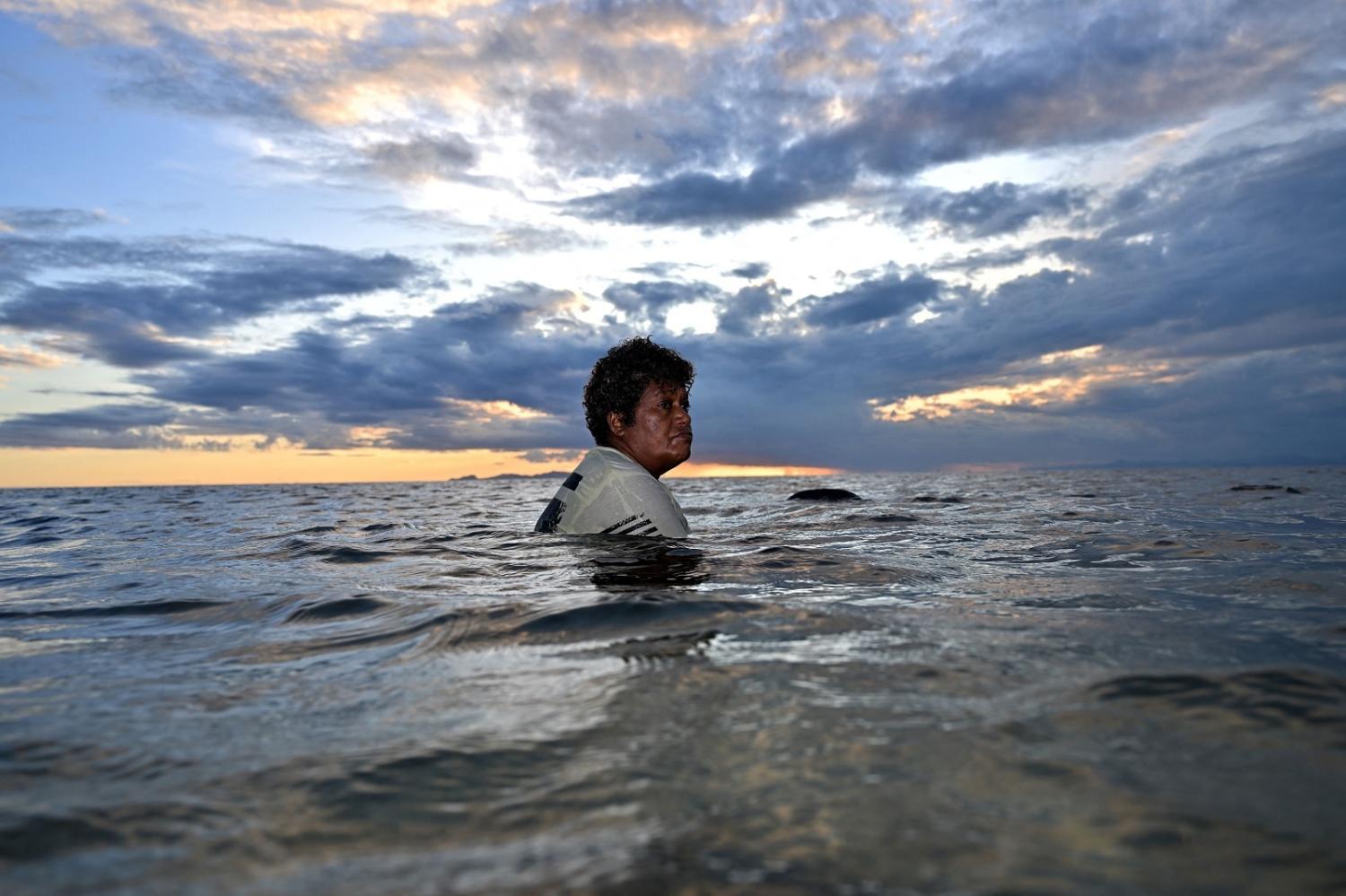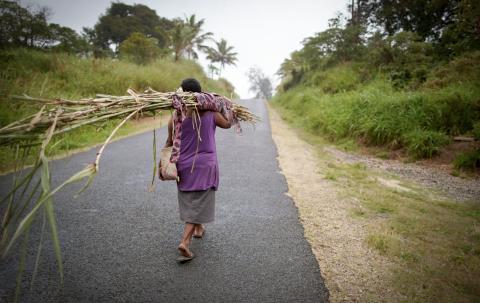“Our Blue Pacific continent is fast becoming an increasingly contested strategic space. The question for us is how prepared are we to tackle the emerging associated challenges… [including] the complexities of varying versions of the Indo-Pacific strategies.”
This was the view of Samoan Prime Minister Fiamē Mata’afa at this year’s Lowy Institute FDC Pacific Lecture. Fiamē called for information sharing and open consultation to “find solutions in the Pacific way”. There are concerns that geopolitical competition is drawing attention away from the Pacific security and development priorities of climate resilience, human security, and countering criminal activity.
So, did the Australian government – the Pacific’s most significant development partner – respond to Pacific priorities in its newly released International Development Policy this week?
First up, the “Indo-Pacific” concept was referred to 36 times. The document made clear, “The Indo-Pacific — especially the Pacific, Southeast Asia and South Asia” is the focus of Australia’s development program, because this is where it can be most effective and where Australia’s interests lie.
So although there is no attempt to dismantle the Indo-Pacific concept and reframe it according to Pacific views, the Pacific is put first and foremost throughout the document. There is a commitment to maximise “collective impact” in the Pacific. This stronger cooperation between donors would advance development. Entities such as the Quad, multilateral development banks, and even the new Partners in the Blue Pacific could play a more constructive role.

Second, partner governments were consulted in policy development to assist the Australian government to find solutions “in the Pacific way”. Climate change, gender equality and disability equity are touted as priorities, as are supporting local content and blended finance that pays respect to oversized debt obligations and financial risks. The Pacific call for greater localisation has been heeded with strengthened community partnerships and funding, but the real challenge is sharing power and co-creating aid programs to make a development difference.
Climate change is cited as the number one concern for Pacific leaders, and the new policy sets out targets for having climate change objectives in investments valued over $3 million. Similar targets – though not new – are set for gender equality. Gender equality is undoubtedly an important cross-sectional issue and the benefits of boosting women’s status and economic participation are well appreciated, although it’s not always an issue of priority publicly expressed by the region’s many male leaders.
On the surface, the new policy responds to Pacific priorities. But while described in the document on page 21, it does little to respond to those priorities as outlined in the 2050 Strategy for the Blue Pacific Continent. That strategy was the culmination of years of consultations between member countries of the Pacific Islands Forum and other Pacific stakeholders to create a guide to Pacific concerns and how the region, collectively, will respond to them. In the Australian government’s words, the 2050 “strategy reflects Pacific priorities”. Why, then, did this new International Development Policy not align its strategy with the Blue Pacific one, or at least be more explicit about how the government would support progression in its seven themes?
Perhaps we are getting too far into the weeds. But as Fiamē Mata’afa said earlier in the year, “we feel our partners have fallen short of acknowledging the integrity of Pacific leadership, and the responsibility they carry for every decision made as a collective, and individually, in order to garner support for the sustainable development of our nations.”
And indeed, this International Development Policy offers little new for the Pacific to get excited about. Already existing gender equality targets – formalised in this policy document – may help to boost financing for Pacific women’s empowerment, which is needed. Newly announced climate change targets may be looked on cynically, without a meaningful explanation of what climate change objectives are in an aid program, and how they can effectively address climate change. Better accountability and transparency will be welcomed, particularly if there is a bigger “local” role for Pacific recipients in development evaluation.
What this policy does is put firmly on the record all the government’s messaging over the past year – that it is listening, has integrity, and is engaging with respect and transparency. That it intends to provide quality and thoughtful development for a region that sorely needs it.
For the most part, this is what this new International Development Policy means for the Pacific. That Australia has formally outlined its case for being the preferred partner, but also its own insecurities. What the Pacific wants, however, is less talk and more action. Will this guidebook be enough to spur it on?


